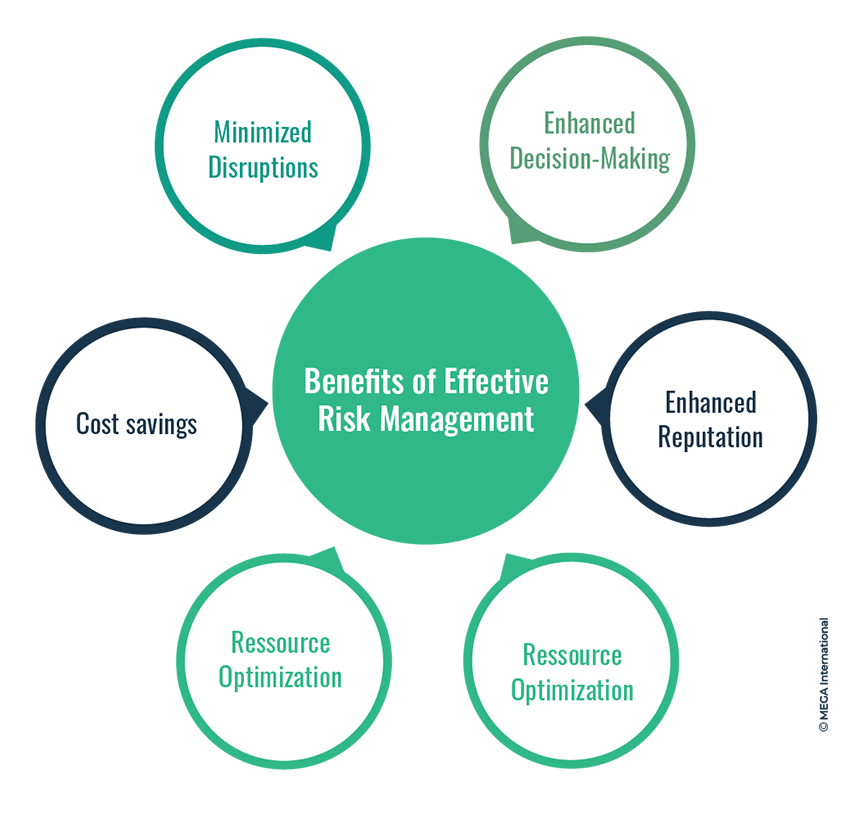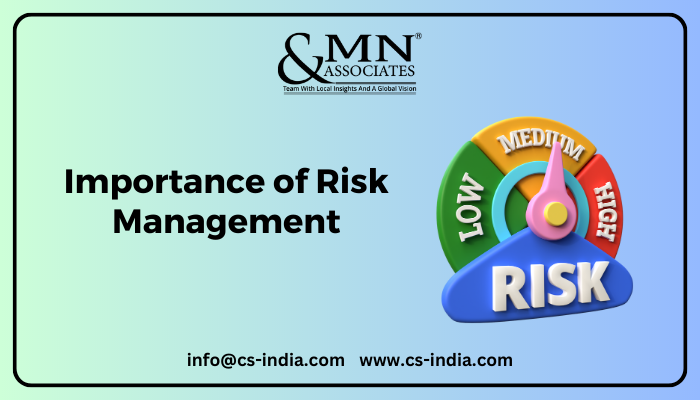Discovering the Value of Risk Management for Effective Decision-Making Methods
In the complex world of organization, Risk Management emerges as a critical factor in the decision-making procedure. The capacity to recognize possible risks and opportunities, and plan appropriately, can mean the distinction between success and failure. With devices such as SWOT and PESTEL, companies are geared up to make informed options, cultivating resilience and flexibility in an ever-changing atmosphere. Wondering how this functions? Let's unload the characteristics better.
Understanding the Concept of Risk Management
Risk Management, a critical component in decision-making, is usually misconstrued or oversimplified. Generally, it refers to the identification, analysis, and prioritization of threats to decrease, check, and regulate the possibility or influence of unfavorable events. However, it's not just regarding stopping adverse results, but also regarding identifying potential chances. Risk Management entails organized and regimented methods, making use of information and insightful assessments. It calls for a thorough understanding of the company's context, objectives, and the prospective risks that might prevent them. From financial unpredictabilities, legal liabilities, tactical Management mistakes, to mishaps and natural calamities, it addresses various risks. Significantly, efficient Risk Management is not stationary; it's a continual, forward-looking process that develops with changing circumstances.
The Role of Risk Management in Decision-Making Processes
In the world of calculated planning and service procedures, Risk Management plays an integral duty in decision-making procedures. It helps in identifying potential threats and uncertainties that can influence the success of organization goals. By tracing these risks, business can formulate methods to minimize their effect, making certain organization continuity and security. Risk Management therefore comes to be a crucial tool in decision-making, assisting leaders to make informed selections based on an extensive understanding of the dangers entailed. It urges a positive technique, enabling organizations to prepare and prepare for for possible future situations. This significantly lowers the chance of adverse consequences, promoting much more effective and reliable decision-making techniques. For that reason, Risk Management functions as an essential component in the decision-making procedures of any kind of company.

How Risk Management Enhances Strategic Planning
In the context of tactical planning, Risk Management plays an essential duty. Starting with the identification of potential dangers, it even more reaches the execution of Risk reduction steps. The function of Risk Management is dynamic yet not fixed, as it demands continuous monitoring and adjusting of strategies.
Identifying Potential Risks

Applying Risk Mitigation
Risk mitigation strategies can range from Risk avoidance, Risk transfer, to run the risk of decrease. Each technique ought to be customized to the particular Risk, considering its prospective influence and the company's Risk tolerance. Reliable Risk mitigation calls for a deep understanding of the Risk landscape and the possible influence of each Risk.
Surveillance and Readjusting Methods
Though Risk mitigation is a vital action in strategic preparation, continual monitoring and adjustment of these strategies is equally important. This ongoing procedure allows companies to determine new risks and reassess existing ones, making certain the applied approaches remain effective in the ever-changing service environment. It likewise gives a possibility to review the success of the Risk Management steps, allowing changes to be made where essential, additional enhancing critical planning. Reliable surveillance and adjustment need making use of analytics and crucial performance indications (KPIs) to determine efficiency. These tools provide beneficial data-driven understandings that can educate calculated decision-making. Therefore, tracking and adjusting Risk Management methods is a critical element for improving a company's resilience the original source and tactical preparation.
Situation Studies: Effective Risk Management and Decision-Making
In the globe of business and money, effective Risk Management and decision-making commonly serve as the columns of prosperous business. These instances highlight the value of sharp Risk Management in decision-making procedures. These situations emphasize the important role of Risk Management in critical decision-making.
Devices and Strategies for Effective Risk Management
These tools, such as Risk registers and heat maps, help in identifying and analyzing possible threats. Risk reaction approaches, a key part of Risk Management, involve approving, preventing, moving, or mitigating risks. With these devices and strategies, decision-makers can navigate the facility landscape of Risk Management, consequently promoting informed and reliable decision-making.
Future Patterns in Risk Management and Decision-Making Methods
As we explore the huge landscape of Risk Management, it becomes evident that the strategies and tools made use of today will certainly proceed to evolve. The idea of Risk culture, where every participant of a company is mindful and entailed in Risk Management, will gain a lot more prominence. These trends herald a more inclusive and positive strategy towards Risk Management and decision-making.
Final thought

Risk Management thus ends up being an important device in decision-making, aiding leaders to make enlightened selections based on an extensive understanding of the risks included. Risk reduction approaches can range from Risk evasion, Risk transfer, to take the chance of reduction (importance of risk management). Effective Risk mitigation requires a deep understanding of the Risk landscape and the potential effect of each Risk. Risk reaction techniques, an essential component of Risk Management, entail accepting, staying clear of, transferring, or mitigating threats. The idea of Risk culture, where every participant of an organization is mindful and involved in Risk Management, will get extra prominence